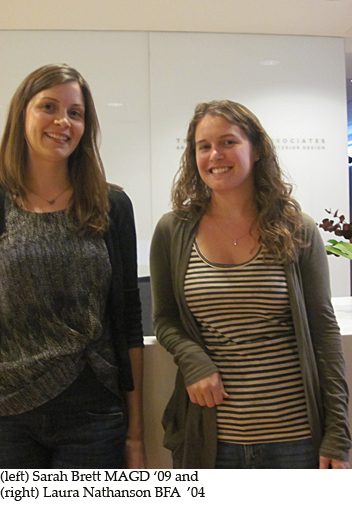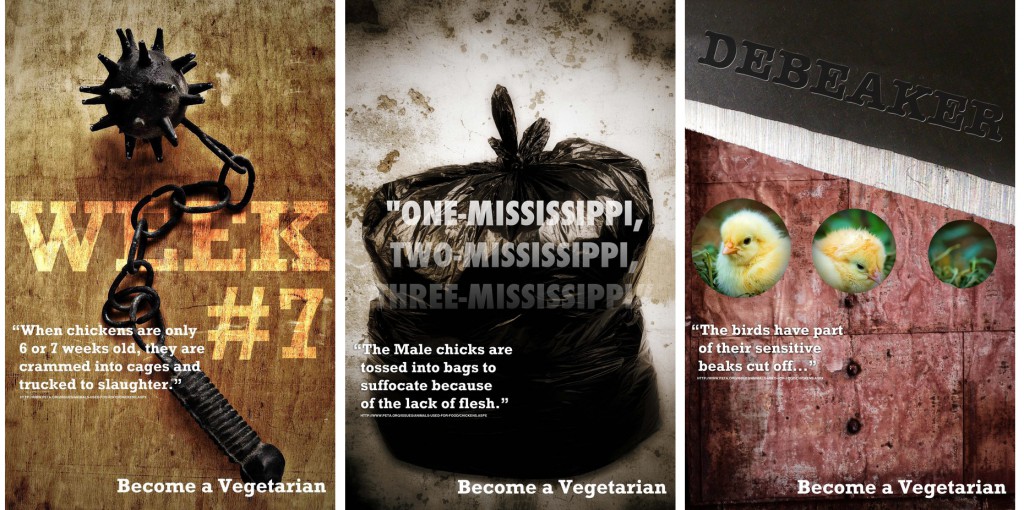![]()
![]()
Graphic design is not limited to print and web; graphic design skills are needed in areas such as environmental design as well. NESAD’s Environmental Design course is a multidisciplinary class that combines students from the graphic design program with interior design students. Recently, they visited Tsoi Kobus Architects, a Cambridge based architecture and interior design firm, to learn more about wayfinding.
 Wayfinding is a system designed to aid individuals’ navigation through a physical space. Two employees and former NESAD students from Tsoi Kobus Architects, BFA graduate Laura Nathanson and MA graduate Sarah Brett, presented a wayfinding project they have been working on for Massachusetts Eye and Ear Infirmary. They explained the process of wayfinding: research, evaluation, planning, and final production.
Wayfinding is a system designed to aid individuals’ navigation through a physical space. Two employees and former NESAD students from Tsoi Kobus Architects, BFA graduate Laura Nathanson and MA graduate Sarah Brett, presented a wayfinding project they have been working on for Massachusetts Eye and Ear Infirmary. They explained the process of wayfinding: research, evaluation, planning, and final production.
Part of their research included visiting the Perkins School for the Blind where a recently installed wayfinding system that does not rely on sight was installed. Students were able to put on goggles that imitated various sight impairment situations.
Grace Murthy, a graduate student in the Environmental Design class says, “What I found interesting at Tsoi/Kobus was their creative way that they were able to incorporate wayfinding considering the city’s restriction. In their wayfinding solutions, they were constantly thinking about the decision points that the viewer makes. Their solutions needed to function as directions but also needed to incorporate the esthetics of the building’s architecture.”





